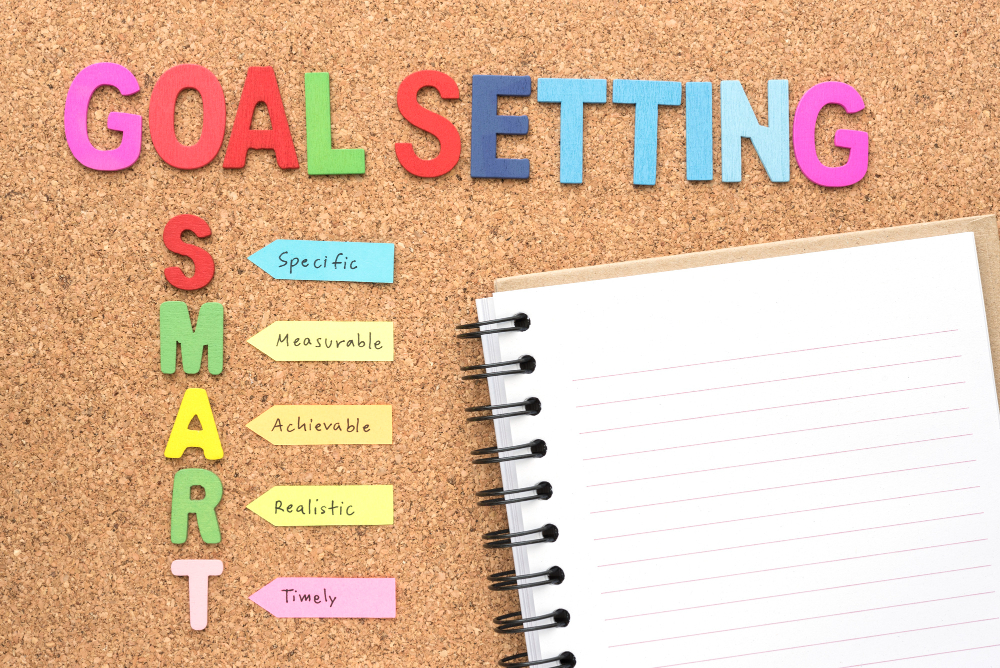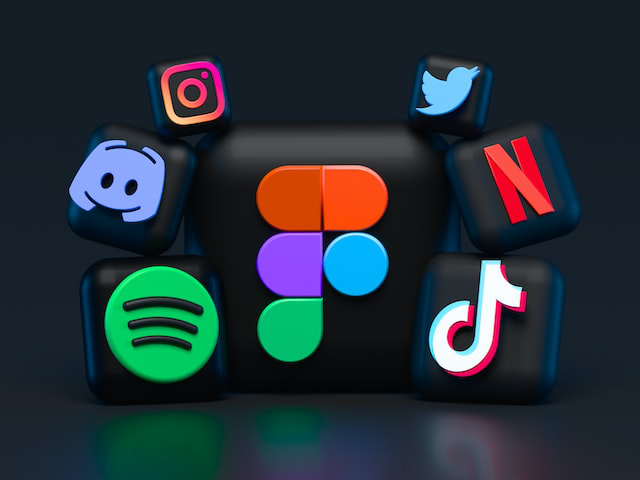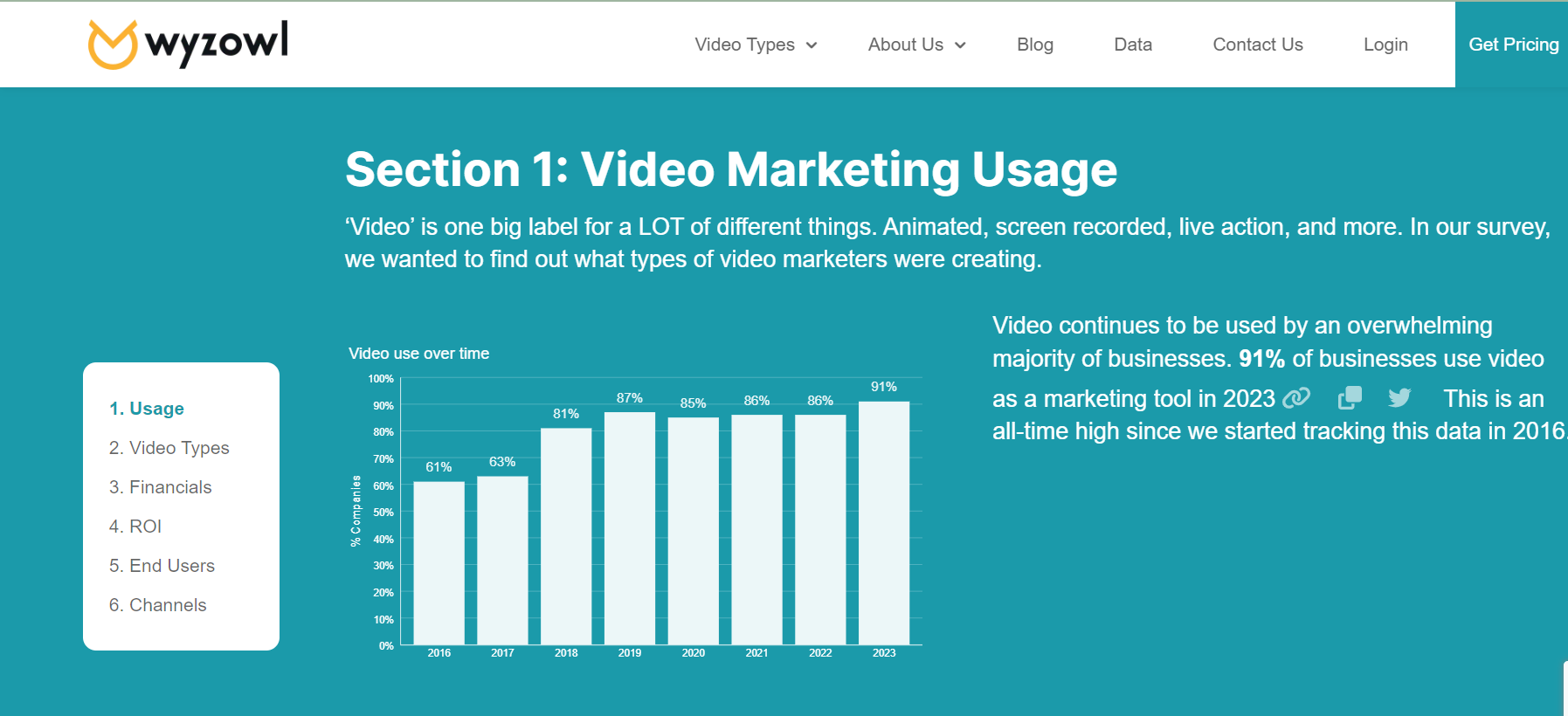In today’s digital age, content is king, and content marketing has become essential to any successful marketing strategy. But what exactly is content marketing, and how can you create an effective content marketing strategy?
Content marketing aims to produce and promote valuable, relevant, and engaging content to attract and retain a clearly defined audience.
From blog posts and videos to social media posts and infographics, you can use various content types to reach your target audience.
It’s an incredibly effective way to reach potential customers with valuable information that can help them make informed decisions about their purchase choices.
This guide will explain the benefits of content marketing and the different types of content and provide you with best practices for creating a successful content marketing strategy in 2023.
Whether you are an entrepreneur or a marketing professional, this guide will help you create compelling content that drives results.
So if you’re ready to get started on your journey toward content marketing success, let’s dive right in.
What is Content Marketing
Content marketing is about writing and distributing high-quality, informative, consistent content to attract and retain customers and drive profitable actions. It can also help establish trust with users.
This positions your business as an authority on the topics they care about.
The philosophy behind this form of marketing is that if we, as businesses, offer consistent, up-to-date information to buyers, we will ultimately earn their loyalty and business.
Brainstorm ideas for new types of content or ways to present existing information in a fresh way. It’s important to create relevant, helpful content that stands out from the competition.
Use visual elements like videos, infographics, and podcasts to attract readers. Leverage user-generated content on social media and review sites to increase engagement with your audience.
Additionally, ensure that all content is properly optimized for search engines. You should use keywords strategically, optimize titles and descriptions for visibility, and provide links to other content on your website.
How to create Content Marketing Strategy
Developing a comprehensive content marketing plan requires research, understanding customer needs, creativity, and dedication.
It should involve creating compelling content that resonates with target audiences, setting measurable goals, optimizing the campaigns for search engine rankings, and establishing an effective distribution plan.
Additionally, tracking and measuring performance should be integral to the strategy to adjust the content and refine it over time.
With an effective content marketing strategy, brands can build customer relationships and increase engagement while driving more website traffic.
Follow these steps to develop a content marketing strategy.
1. Define Your Content’s Target Audience
When creating content, knowing who you are targeting is important. Your content’s target audience informs what topics you choose, how you format your material, and even what writing style to use.
It helps you better connect with the readers and increases your chances of success with search engine optimization (SEO).
For example, by knowing what keywords people use when searching for information related to your topic, you can incorporate those keywords into your content to make viewers more likely to find you.
This, in turn, can help you build trust with your audience and establish your business as a go-to resource in your industry.
Additionally, target audience research can help you determine what content resonates best with readers and encourage further engagement.
Take the time to research and understand who you are targeting. It will help ensure that your content speaks to the right people and encourages them to engage with more of your material.
2. Set SMART Goals
SMART goals are an essential element of any effective content marketing strategy. This acronym stands for Specific, Measurable, Achievable, Relevant, and Time-bound.
When used correctly, SMART goals enable content marketers to stay organized and focused on the desired outcome. Additionally, it helps measure progress over time while offering realistic expectations of success.
By setting goals that meet these criteria, you can create a clear roadmap for your content marketing efforts, ensuring that your efforts are focused, trackable, and aligned with your overall business objectives.
The end goal of any content marketing strategy should be to increase engagement and sales, but marketers often overlook the importance of setting SMART goals.
Setting specific, measurable, and achievable objectives is integral to success and can help ensure that campaigns are set up for success.
Additionally, breaking down long-term goals into smaller chunks makes it easier to track progress and make adjustments if necessary. With a clear understanding of the goals and objectives, creating engaging, relevant content that drives conversions is easier.
Ultimately, SMART goals provide a straightforward framework to ensure that content marketing initiatives are successful and help you reach your targets.
3. Conduct Competitor and Keyword Research
Competitors’ research gives you an idea of your industry’s competition, strengths and weaknesses, strategies, and how they rank against you. It also helps to identify opportunities to differentiate yourself from your competitors.
Keyword research enables you to optimize your content for search engine visibility, essential for driving organic traffic to your website.
If you know the most popular keywords and phrases related to your business, you can create content that reaches the right people at the right time. It will help you increase brand awareness, generate leads, and build relationships with prospects.
With accurate competitor and keyword research, you can craft a content marketing strategy that will enable you to stand out from the crowd. You can also identify areas of the market that are underserved or where there is room for improvement.
4. Demonstrate a Consistent Brand Voice and Image Through Your Content
Your content gives your customers a first impression of your company. Ensure that the impression is the same across all channels is important. In this digital age, ensuring your brand has a consistent voice and image across your content is more important than ever.
As customers become more familiar with brands through their content, they expect consistent messaging, tone, and visuals.
When creating content, consider how each piece fits into the overall narrative you want to tell about your brand. Ask yourself whether this content fits with my brand’s message. Does it align with our tone of voice? Is the design consistent with our visual style?
Establish brand guidelines for messaging, tone, and visuals to create consistent content. These should be tailored to each platform; what works on Twitter may not work on Instagram but should remain consistent throughout.
In addition, it’s important to review and update your guidelines periodically.
Using templates and branding assets, such as stock images, graphics, and fonts can help maintain consistency in your brand image across all channels.
Use the same fonts and color schemes in your email templates, social media graphics, and other marketing materials to reinforce your brand identity and make your content instantly recognizable.
Lastly, it’s important to be consistent in how you respond to customer feedback. Ensure all team members are on the same page when responding to comments, questions, and complaints.
It will help create a unified voice for your brand and assure customers that their concerns are taken seriously.
By crafting a consistent brand voice and image across your content, you’ll create an unforgettable first impression that customers will recognize and remember. By following these simple steps, you can ensure your brand stands out in the digital world.
5. Determine Your Content Type and Channels
Content type refers to the type of content you create, while channel refers to the platform on which it is distributed.
When determining the content type for your strategy, you should consider what content will be most engaging and shareable. Content types include blog posts, videos, infographics, case studies, ebooks, and webinars.
Consider what content best fits your marketing goals and objectives and focus on creating that type.
Once you’ve decided on the content type, you must determine what channels will best distribute it. Popular options include social media platforms such as Facebook, Twitter, and Instagram and email newsletters, blogs, and websites.
Think about where your target audience spends their time online and focus on those channels to reach them.
6. Create a Content Calendar
Any successful marketing strategy must include a content calendar. A content calendar helps keep track of planned content, its production timeline, and other related tasks that come with the development process.
It also allows marketers to organize their ideas, plan for promotions, adjust quickly to changes in the market, and optimize their efforts for maximum visibility and reach.
An effective content calendar should be comprehensive, up-to-date, and organized to ensure the right information is allocated to the right people at the right times.
With a laid-out plan, marketers can easily keep track of all content assets and better manage their resources when creating new pieces. This way, marketers can optimize their content marketing efforts to ensure they benefit from them.
It also helps marketers create a cohesive and consistent message across multiple channels, including websites, social media accounts, and email campaigns.
As a result, the organization’s content is aligned with its overall brand strategy and objectives. Additionally, content calendars allow marketers to easily share ideas and collaborate with other teams on content ideas.
Finally, creating a content calendar helps marketers understand their audiences better by keeping track of their preferences, engagement levels, and feedback.
This information can help inform the creation of future pieces of content tailored to meet the needs and interests of the audience.
7. Measure and Analyze Your Results
Content marketing is an effective way to generate leads, achieve conversions, and build brand awareness. However, it’s important to make sure you’re measuring the effectiveness of your content marketing efforts to be successful.
Keeping track of your results allows you to identify areas for improvement, adjust your strategy accordingly and ultimately increase the ROI of your content marketing initiatives.
It can provide valuable insight into the success of your content, including which pieces are performing well, which topics are resonating with your audience, and what engagement strategies are working best.
You can adjust your content strategy based on this information to maximize its impact. For example, if a certain type of content performs well, you can create more content around that topic to further engage your audience.
You can also track the effectiveness of each stage of your content marketing funnel by analyzing your content marketing results. It may include tracking metrics such as views, likes, shares, and conversions.
By doing so, you can gain valuable insights into the effectiveness of your content that will allow you to maximize the impact of your efforts.
8. Don’t Forget to Add Videos to Your Content Marketing Strategy
Content marketers can benefit greatly from videos. Videos provide a way to communicate and engage with audiences in ways that text alone cannot do.
The use of video can be more effective than other forms of content in promoting products, services, and brand messages. Additionally, videos can help generate leads and increase website traffic and conversion rates.
Videos have quickly become one of the most effective content marketing strategies for businesses seeking to build a strong online presence.
According to Wyzowl’s 2023 Stats of Video Marketing report, 91% of marketers said they used video as part of their content marketing strategies in 2023.
Engaging and informative videos provide customers with information about a brand’s products and services, humanize a brand, evoke emotion, explain complex topics, and even enhance their experience.
Videos also help attract new customers and engage existing customers. They can help increase brand awareness, generate leads, and provide a platform for business owners to build relationships with their audiences.
They can even be used to optimize websites for better rankings since search engines prioritize sites with regularly updated fresh content.
Example of Blog Content Marketing
Here’s an example of how a tech company might use real-time blog content marketing:
Let’s say you run a blog for a software company that specializes in cybersecurity. You notice a major data breach at a well-known company, compromising millions of users’ data.
You could quickly create a blog post that discusses the data breach, analyzes how it occurred, and provides recommendations for how readers can protect their data.
Types of Content Marketing
Content marketing encompasses a wide range of tactics and formats. The following are some examples of content marketing:
- Blog Posts: Blogging is one of the most popular forms of content marketing. It allows businesses to create educational, informative, and engaging content for their audiences.
- Videos: Videos are highly engaging content showcasing products, demonstrating features, or telling stories. You can share them on social media platforms, embed them on websites, or send them via email marketing.
- Infographics: Infographics are a visual way to present complex information in a simple, easy-to-understand format. Graphs are useful for communicating data, statistics, or trends and are commonly used on social media and blogs.
- Podcasts: A podcast is an audio recording for education and entertainment. They can be shared on podcasting platforms or embedded on websites.
- eBooks and Whitepapers: These longer-form pieces of content often provide in-depth information on a specific topic. They can educate prospects and establish a business as a thought leader.
- Social Media Posts: Social media platforms such as Facebook, Twitter, and Instagram are used by companies to market their products and engage their audiences. Short-form content, such as status updates or tweets, can be used to share news, announcements, and promotions.
- Webinars: Webinars are online events that allow businesses to educate and engage with their audience. They can be used to demonstrate products, provide training, or answer questions.
- Case Studies: Case studies are real-life examples of how a business solves a problem or achieves a goal. They can be used to demonstrate expertise and build trust with potential customers.
The examples above are only a few examples of the types of content marketing businesses can use. The key is to find the best formats for your business and use them consistently to achieve your content marketing goals.
Best Content Marketing Resources
Here are five resources that can help you learn more about content marketing and improve your content marketing efforts:
- Content Marketing Institute: The Content Marketing Institute is one of the leading resources for content marketers. They offer a wealth of information on content marketing, including blogs, research reports, webinars, and training courses.
- HubSpot Academy: HubSpot Academy provides a range of courses on content marketing and other marketing topics. Their free courses cover various topics, including content creation, content strategy, and content promotion.
- Moz: Moz is a popular resource for SEO and digital marketing. Their blog covers a wide range of topics, including content marketing. They also offer a range of tools to help you with your content marketing efforts, such as their keyword research tool.
- Copyblogger: Copyblogger is a popular resource for content marketers and copywriters. Their blog covers various topics, including content creation, content strategy, and content promotion. They also offer a range of courses on content marketing and copywriting.
- Neil Patel: Neil Patel is a well-known digital marketer and content marketer. His blog covers a wide range of topics, including content marketing. He also offers a range of free tools to help with your content marketing efforts, such as his headline analyzer tool.
These resources are just a few available, but they offer valuable insights and practical tips for improving your content marketing efforts.
Wrapping Up
In 2023, content marketing continues to be a crucial element of any successful marketing strategy. With the rise of digital channels, businesses need to create high-quality, engaging content to stand out from the competition and attract the attention of their target audience.
Content marketing allows businesses to build customer relationships by providing valuable information that helps them solve problems or improve their lives. Businesses can establish themselves as thought leaders and build trust with their audience by doing so.
Additionally, content marketing can help improve SEO, drive traffic to your website, and generate leads for your business.
Create content that answers your customers’ questions and concerns to attract more qualified leads to your website and convert them into customers.
Your business needs a content marketing strategy if you haven’t already. Developing a strategy that aligns with your business goals and target audience ensures that your content is relevant, valuable, and engaging.
Start by researching to better understand your target audience, their pain points, and the types of content they prefer. Then, develop a content calendar that outlines your content’s topics, formats, and distribution channels.
Remember to measure your results regularly to determine the effectiveness of your content marketing efforts. Use data to identify what’s working and adjust your strategy accordingly.
With a well-crafted content marketing strategy, you can improve your brand awareness, build trust among your audience, and ultimately increase sales. So, don’t wait any longer. Start creating content that resonates with your target audience today.











